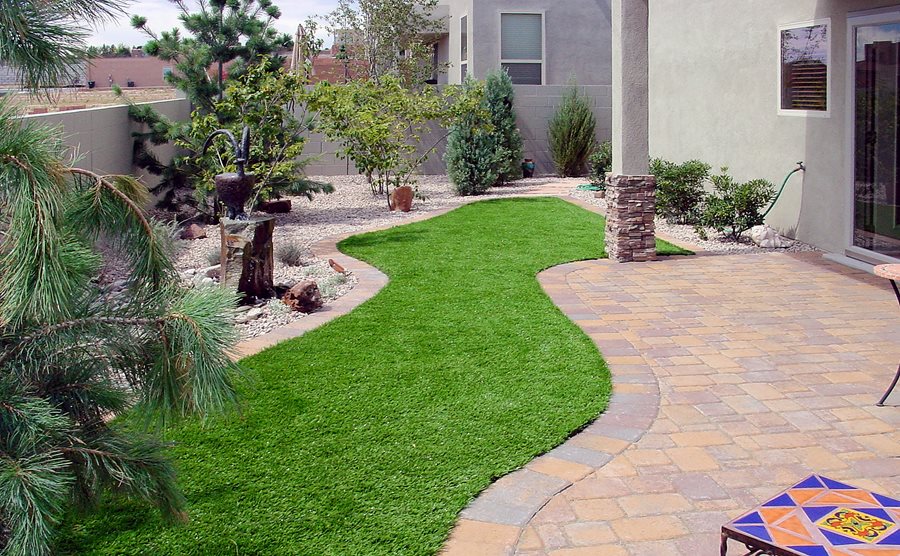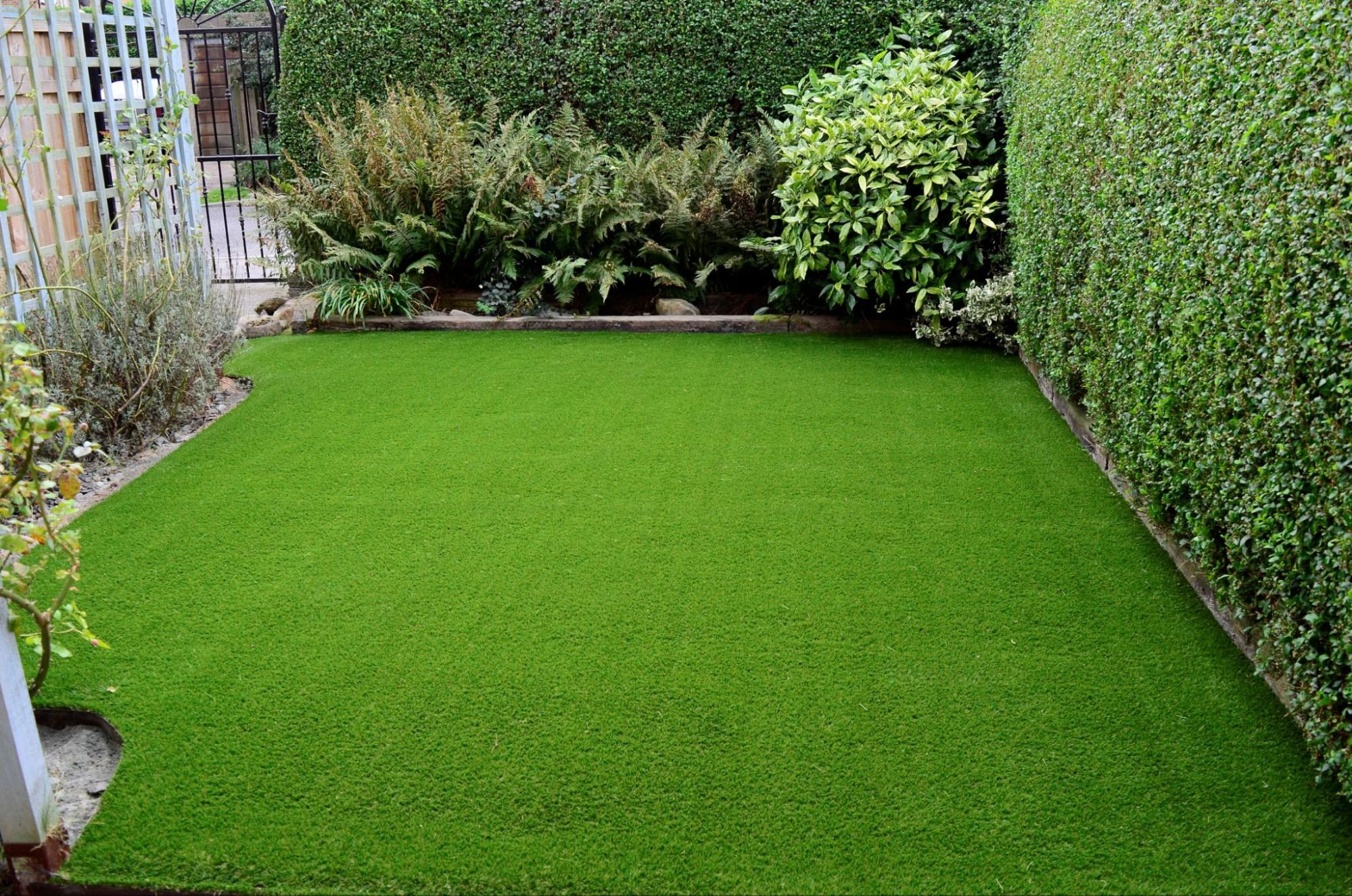Discover Reputable Artificial Turf Companies Phoenix for Your Landscaping Needs
Discover Reputable Artificial Turf Companies Phoenix for Your Landscaping Needs
Blog Article
Look Into the Environmental Advantages of Opting for Synthetic Grass Solutions
The adoption of synthetic grass remedies offers an engaging possibility to resolve pushing ecological obstacles. By significantly decreasing water usage and reducing the application of unsafe chemicals, these alternatives not only advertise lasting landscape design yet additionally shield neighborhood ecosystems. The lower carbon footprint linked with reduced maintenance activities adds to a much more sustainable approach to land management. However, the effects of these benefits extend past simple conservation initiatives, increasing concerns about their long-term influence on habitat preservation and general ecological balance. Discovering these dimensions discloses a complicated interaction worth thinking about.
Water Conservation Conveniences
One of the most considerable advantages of synthetic grass is its capacity to preserve water. Traditional turf lawns need considerable watering, particularly in locations prone to drought or water restrictions. On the other hand, artificial lawn does not need watering, dramatically lowering the general demand for water resources. This feature is particularly helpful in dry areas where water shortage is a pressing issue.
By getting rid of the demand for routine watering, artificial grass adds to sustainable landscape methods and aids reduce the ecological influence of extreme water intake. The conservation of water prolongs to the decrease of runoff, which can lead to dirt erosion and waterway air pollution.
Additionally, the installation of artificial turf permits municipalities and home owners to allot water sources much more effectively, concentrating on vital uses such as drinking water and agriculture. The change in the direction of synthetic lawn not only promotes liable water use but also lines up with more comprehensive ecological goals targeted at preserving all-natural sources.
As neighborhoods progressively prioritize sustainability, the water conservation benefits of synthetic grass present a compelling instance for its fostering in industrial and residential landscaping tasks.
Lowered Chemical Use
The shift to man-made turf considerably decreases the dependence on chemical therapies generally utilized in natural turf upkeep. Traditional turf monitoring generally involves the application of herbicides, fertilizers, and chemicals to advertise development and control pests. These chemicals can posture dangers to human health, neighborhood wildlife, and the environment, adding to soil and water contamination.
In comparison, fabricated lawn eliminates the requirement for these harmful substances. By reducing the release of artificial substances right into the community, man-made lawn advertises much healthier soil and water systems.
Furthermore, the absence of chemical overflow related to synthetic grass installations helps safeguard regional rivers from contamination, sustaining water life and preserving biodiversity. Arizona artificial turf. As areas significantly focus on lasting techniques, going with synthetic grass presents a sensible remedy that straightens with ecological conservation goals. Through this shift, homeowner can take pleasure in rich eco-friendly spaces without compromising ecological health, leading the way for an extra sustainable future
Lower Carbon Impact

Moreover, the installation of man-made lawn can result in considerable water preservation. Natural yards call for considerable amounts of water for irrigation, which not just includes in the carbon footprint connected with water removal and treatment however likewise pressures local water resources. On the other hand, fabricated turf needs very little upkeep, calling for no watering, thereby substantially lowering water usage and its associated energy expenses.
Furthermore, the long life of artificial turf adds to its lower carbon influence. With a lifespan of up to 15 years or more, the requirement for regular replacements is reduced, resulting in less waste and lower energy consumption in manufacturing and taking care of traditional turf options. In general, man-made grass provides a sustainable option for environmentally conscious landscape design.
Environment Conservation
Environment preservation is a vital factor to consider in the dispute over landscaping choices, particularly when contrasting synthetic grass to natural turf. All-natural yard lawns typically require substantial Discover More Here maintenance, consisting of making use of plant foods, herbicides, and pesticides, which can negatively impact neighborhood ecosystems. These chemicals can seep into the dirt and waterways, harming indigenous flora and animals and interrupting local environments.
In contrast, synthetic grass presents a chance to reduce the eco-friendly footprint of landscape design. By going with artificial turf, homeowners can lessen the disturbance of all-natural habitats linked with traditional yard treatment practices. Synthetic grass removes the demand for dangerous chemicals, therefore safeguarding nearby wild animals and preserving the stability of surrounding ecosystems. Additionally, the installment of synthetic grass can bring about the conversion of former turf locations right into even more biodiverse landscapes, such as pollinator gardens or native plant areas, which can sustain neighborhood wild animals.
Ultimately, the transition to synthetic grass not just preserves browse around these guys water and lowers maintenance initiatives yet likewise promotes a more harmonious partnership in between human tasks and the all-natural atmosphere, promoting environment conservation at the same time.
Long-Term Sustainability
Lasting sustainability is an essential consider examining the benefits of man-made grass over traditional grass yards. One of the most substantial benefits of synthetic turf is its sturdiness; it can last up to 15-20 years with marginal upkeep, whereas natural grass needs constant reseeding and replacement. This longevity lowers the demand for continuous resources, such as water, fertilizers, and chemicals, which are necessary for preserving a healthy and balanced grass yard.
Additionally, artificial grass adds to a reduction in carbon exhausts related to grass care devices. Traditional yards frequently call for gas-powered mowers, trimmers, and blowers, every one of which contribute to air pollution. Arizona turf. On the other hand, artificial grass removes the need for such devices, advertising a cleaner environment
Additionally, the production of synthetic grass increasingly uses recycled products, boosting its sustainability profile. As suppliers take on green techniques, the environmental footprint of synthetic grass remains to lessen.

Verdict
The adoption of synthetic grass options offers significant ecological advantages, including significant water conservation, reduced reliance on unsafe chemicals, and a reduced carbon footprint. Furthermore, synthetic grass aids in maintaining natural habitats by reducing land disruption and advertising long-lasting sustainability through the use of resilient products. Collectively, these variables underscore the potential of man-made lawn to add positively to environmental wellness and offer a practical option to typical landscape design techniques in an increasingly resource-conscious world.
In comparison, artificial grass does not need watering, dramatically minimizing the overall need for water resources. By decreasing the release of synthetic compounds into the environment, synthetic lawn promotes much healthier soil and water systems.
Moreover, the installment of artificial turf can result in considerable water preservation. In comparison, artificial grass needs marginal maintenance, needing no watering, thereby dramatically minimizing water usage and its linked energy expenses.

Report this page